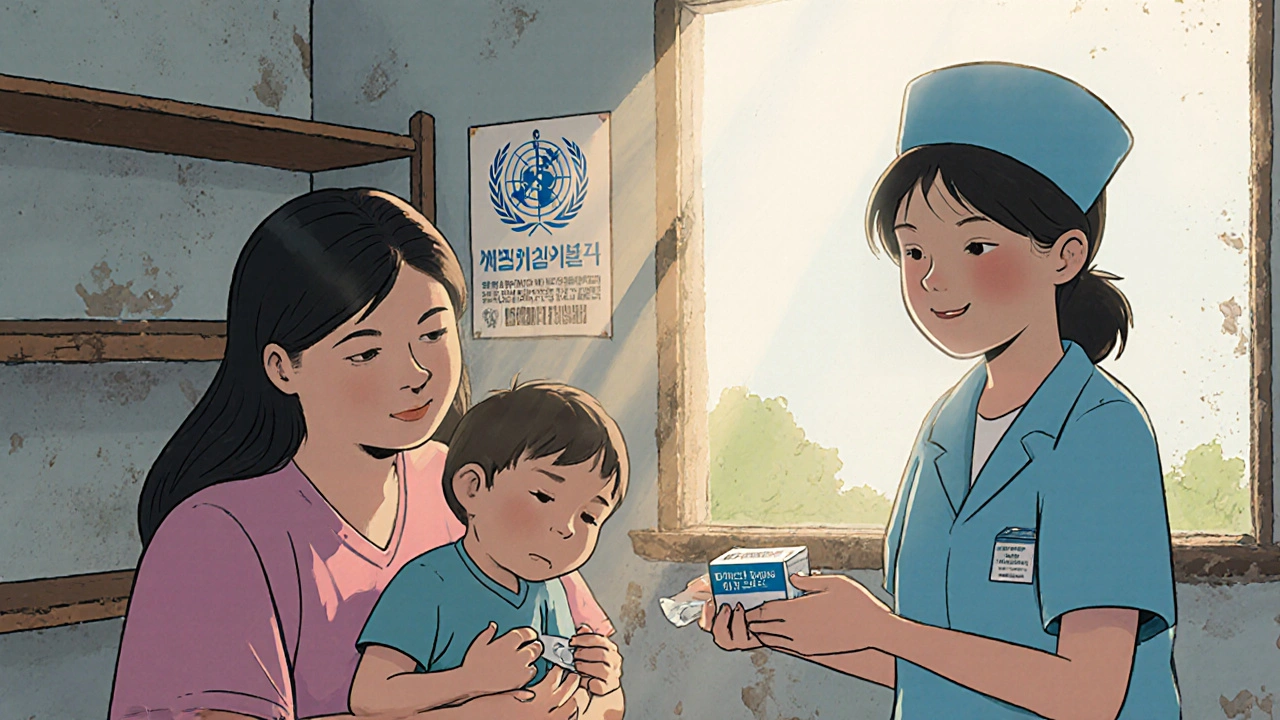When we talk about essential drugs, medications deemed critical for basic healthcare needs by the World Health Organization. Also known as WHO essential medicines, these are the treatments that every clinic, hospital, and pharmacy should have on hand — not because they’re trendy, but because they stop deaths, ease suffering, and make care fairer. These aren’t luxury pills or niche treatments. They’re the antibiotics that cure pneumonia, the insulin that keeps diabetics alive, the antiretrovirals that turn HIV into a manageable condition, and the painkillers that let a child sleep through the night after surgery. The World Health Organization updates this list every two years based on real-world data — not profit margins or marketing budgets.
What makes a drug essential? It has to work, be safe, and be affordable enough for public health systems to stock in bulk. It also needs to treat conditions that affect large numbers of people — like high blood pressure, malaria, or childbirth complications. The list includes everything from oral rehydration salts for diarrhea to heparin for blood clots. It’s not about having every drug ever made. It’s about having the right ones, in the right places, at the right price. That’s why generic versions of these drugs are often the backbone of global health programs. In low-income countries, where people can’t afford brand-name pills, essential drugs are the difference between life and death.
But here’s the problem: just because a drug is on the list doesn’t mean it’s available. In many places, pharmacies run out of antibiotics. Rural clinics don’t have insulin. Hospitals use expired painkillers because they can’t reorder. These aren’t failures of science — they’re failures of supply chains, funding, and policy. That’s why the posts below dig into the real-world side of essential drugs: how dosing errors happen even with simple meds, how generics can be just as safe (or riskier), how pregnancy changes what drugs you can use, and how people with low vision need special labels to avoid deadly mistakes. You’ll find guides on managing chronic pain, treating infections safely, and understanding what really works when you’re not in a lab but in a home, a clinic, or on a trek at high altitude.
These aren’t theoretical discussions. They’re stories from real people trying to get the right medicine — and the experts trying to make sure they can. Whether you’re a patient, a caregiver, or just someone who wants to understand how healthcare actually works, what follows is a practical, no-fluff look at the drugs that keep the world running — and the systems that sometimes fail them.

Generics can cut medicine costs by 80%, yet billions in low-income countries still can't access them. This is why - and what’s being done to fix it.
View more